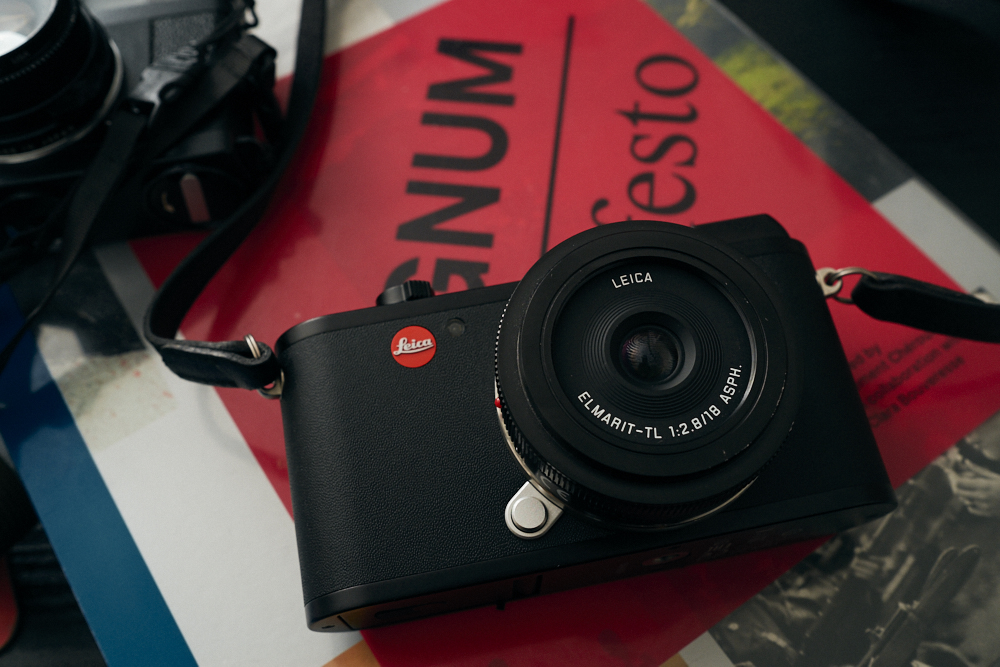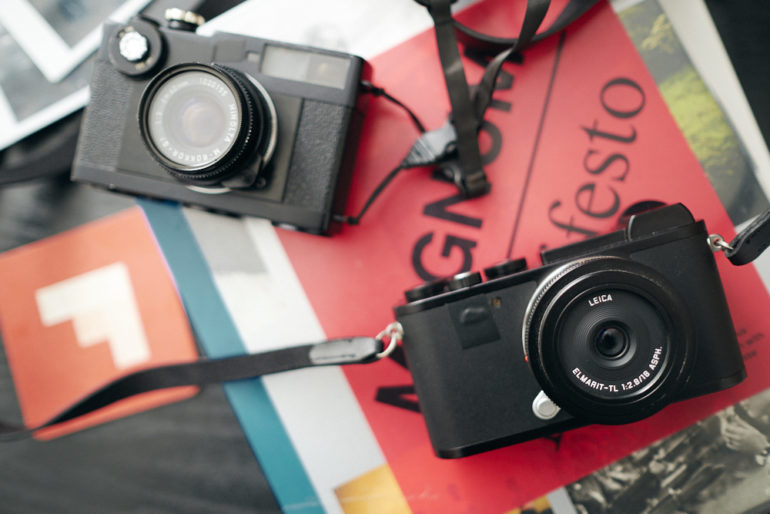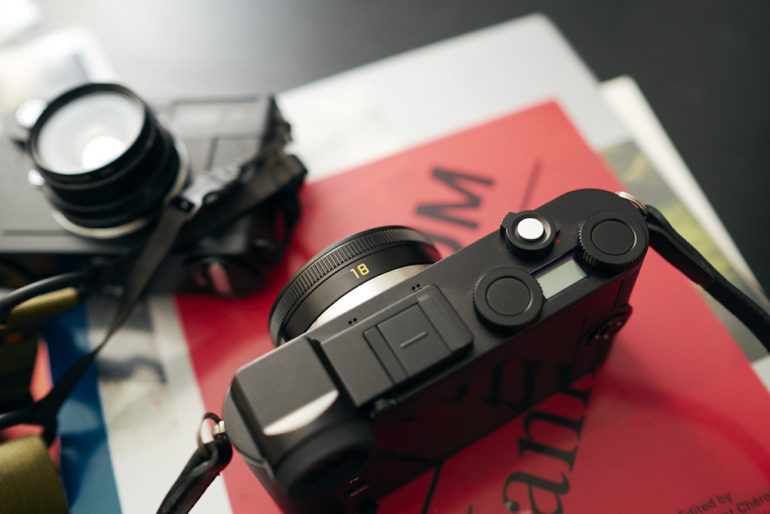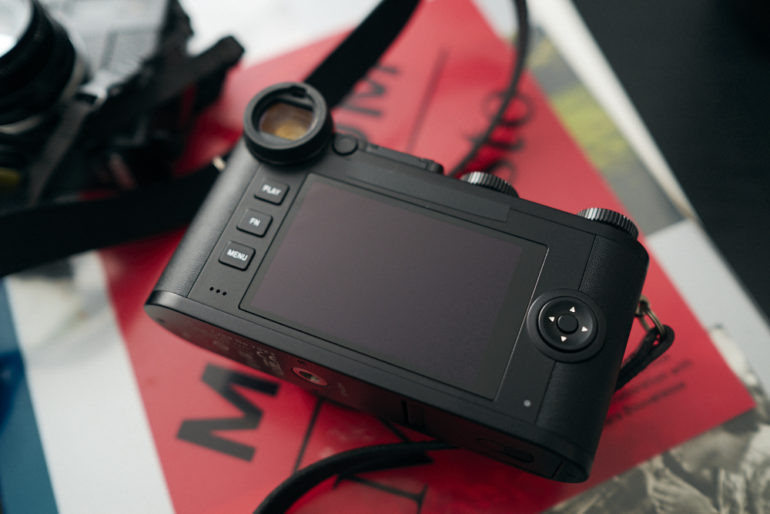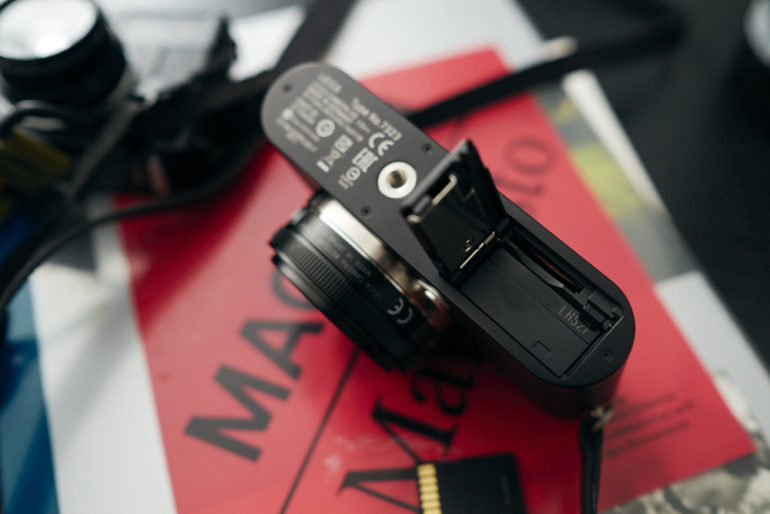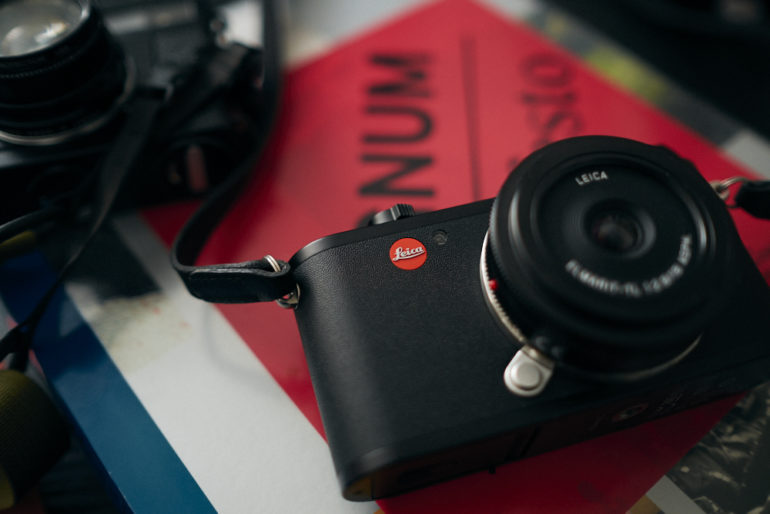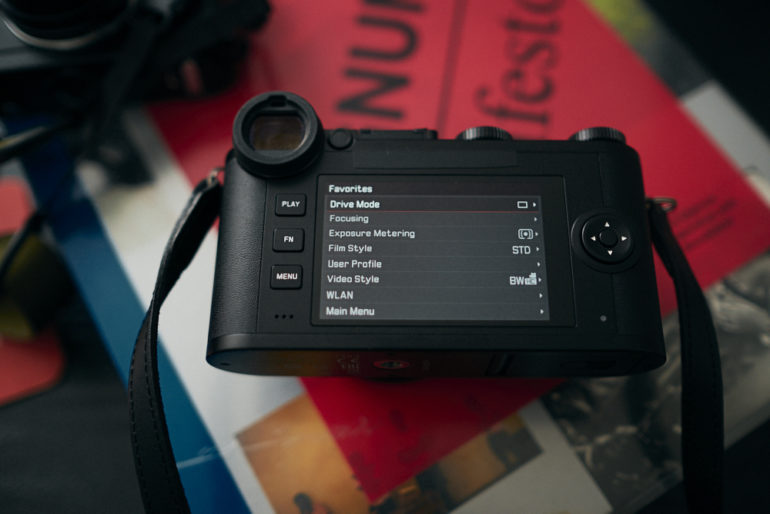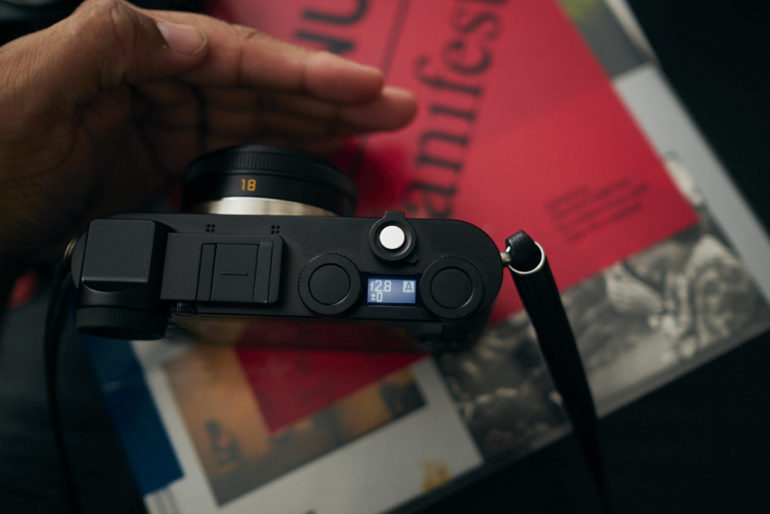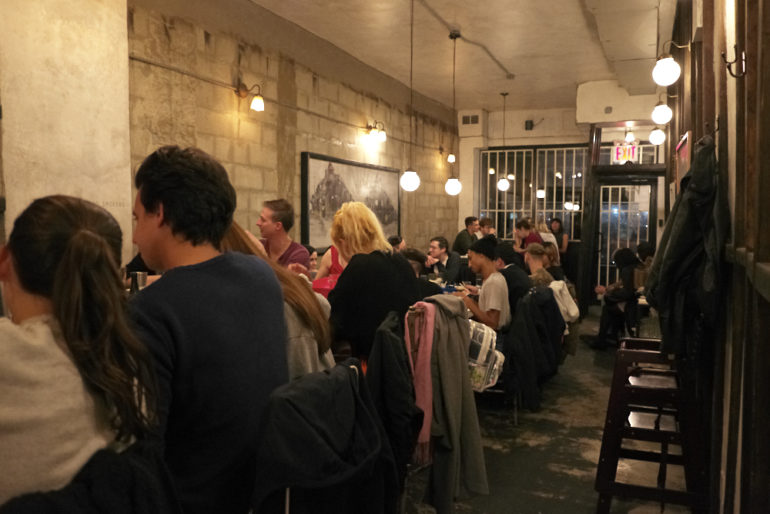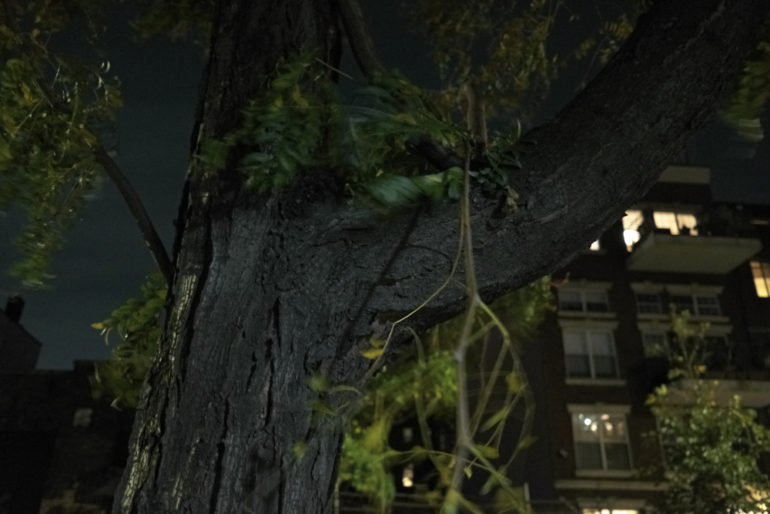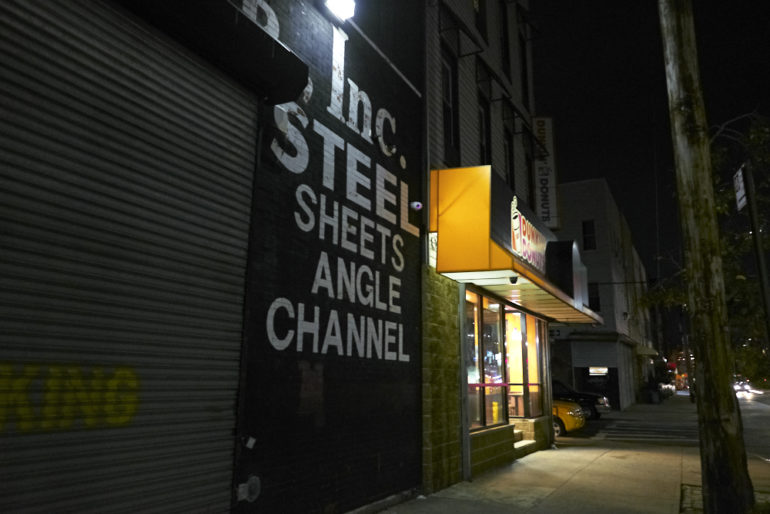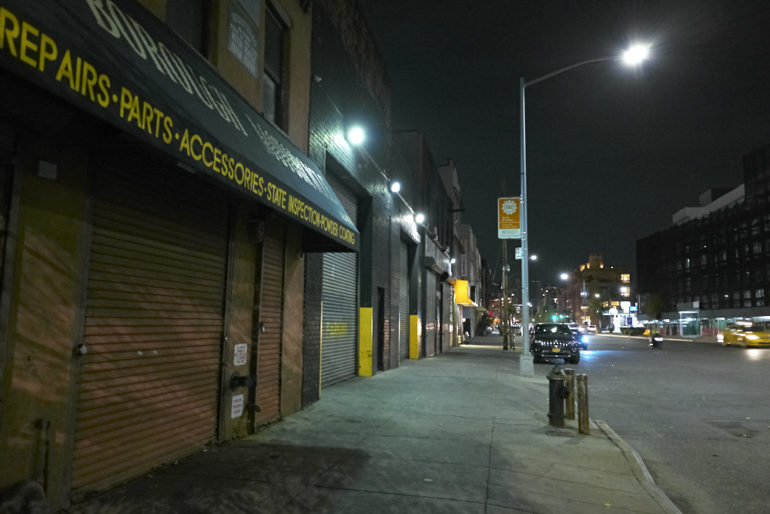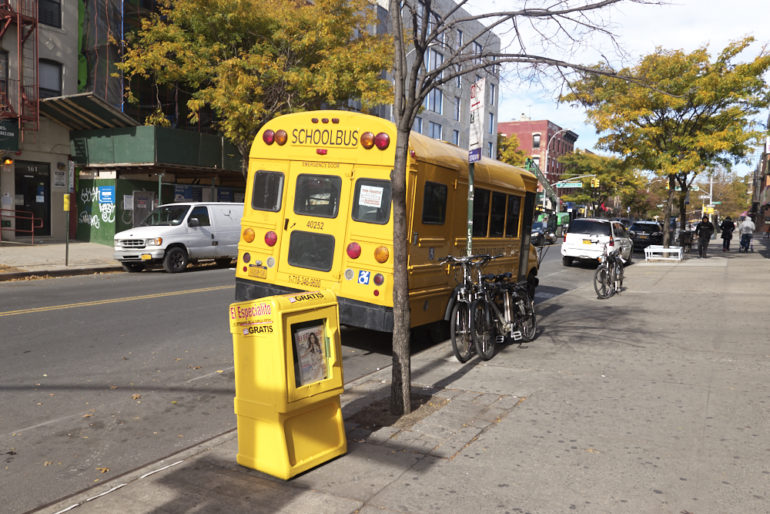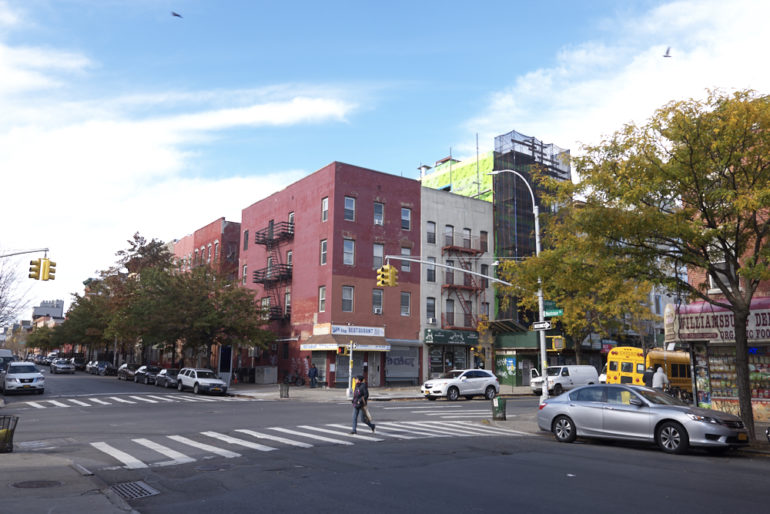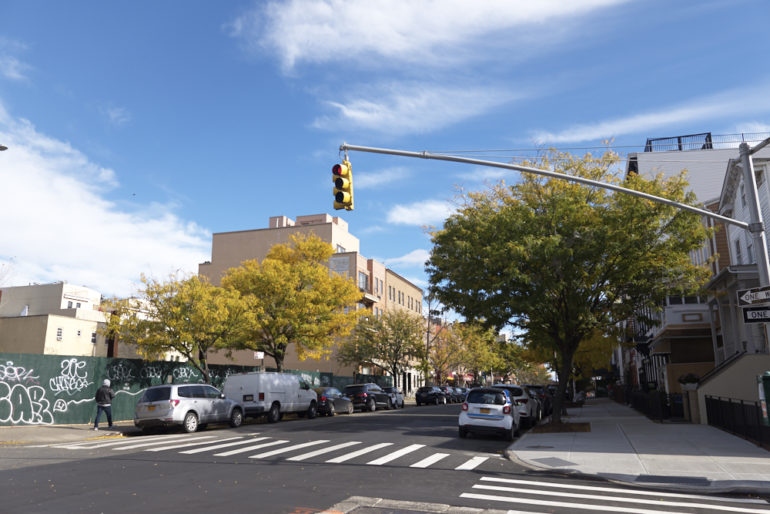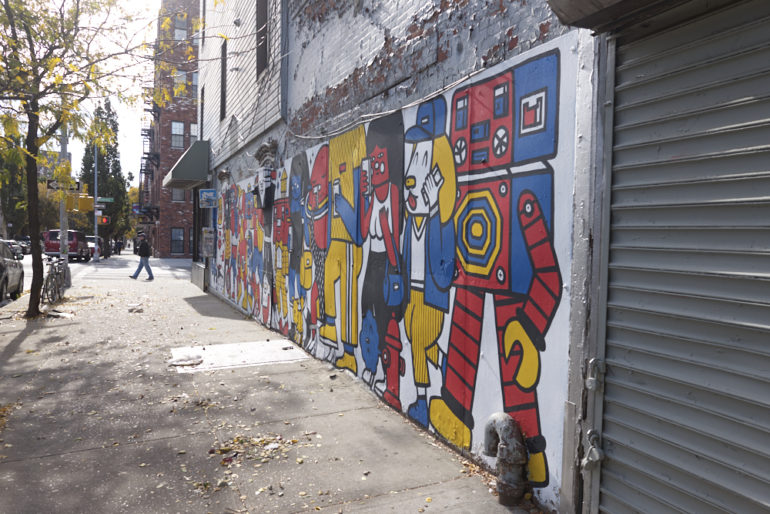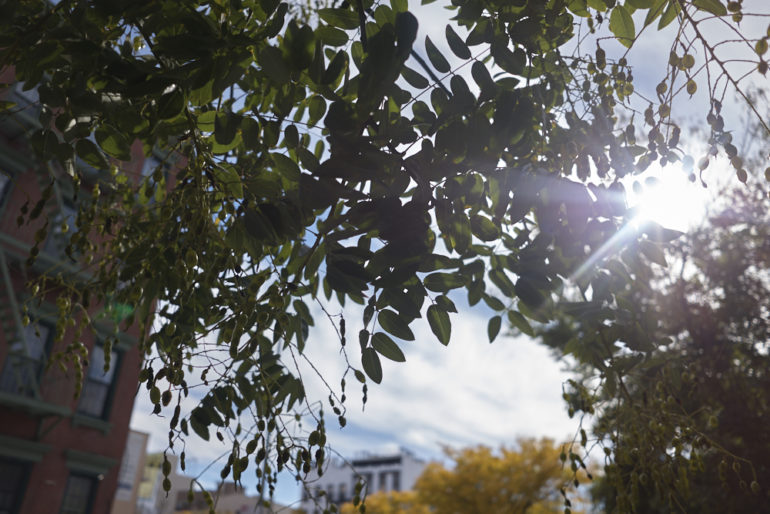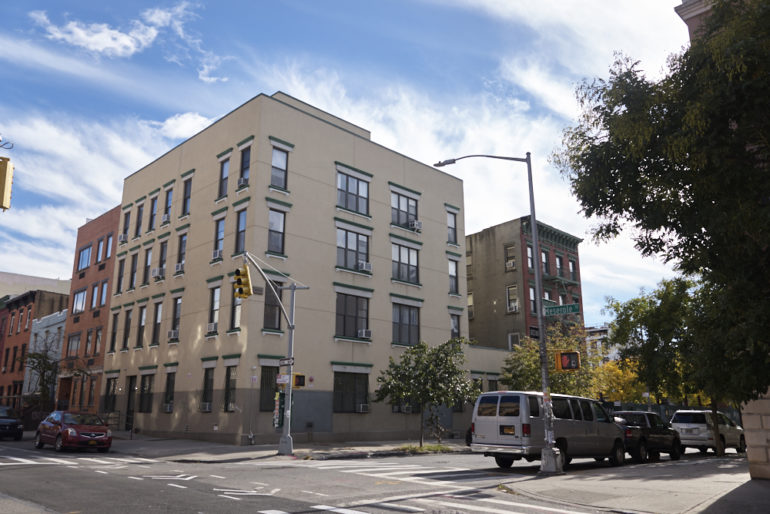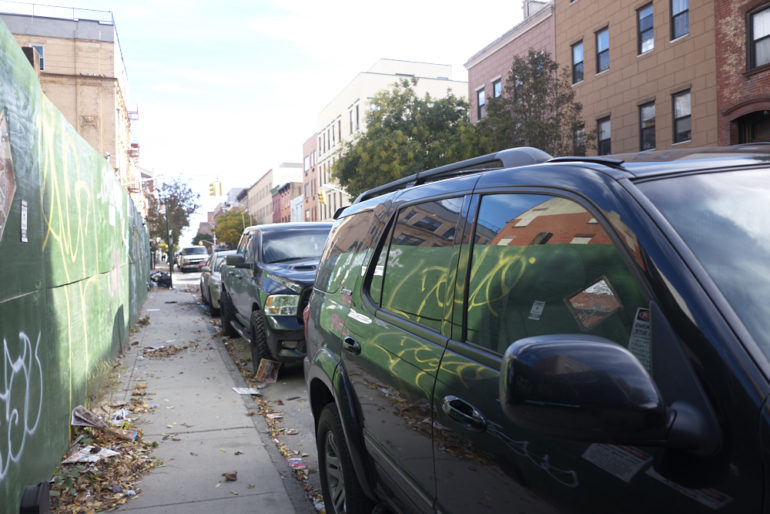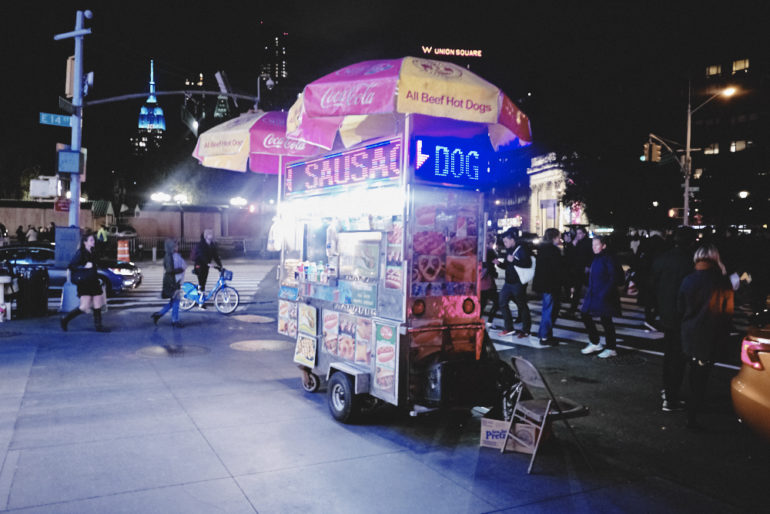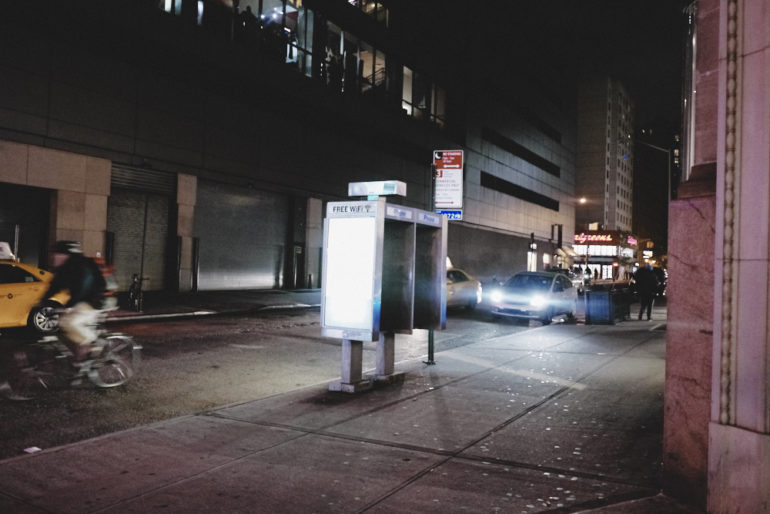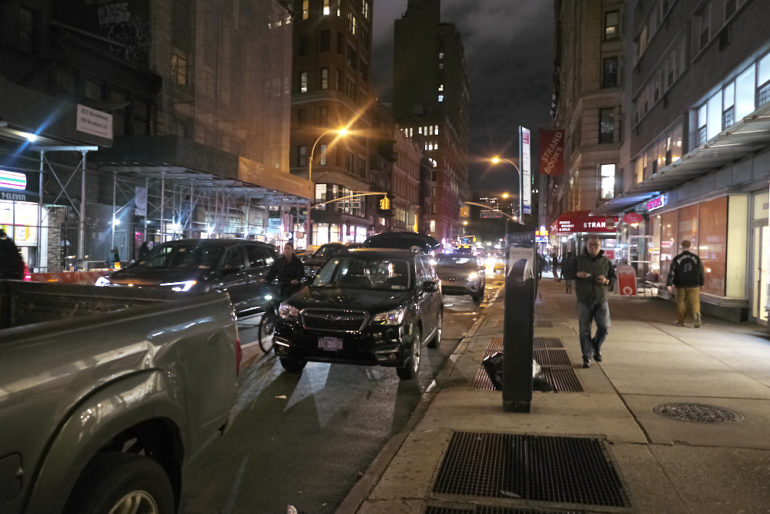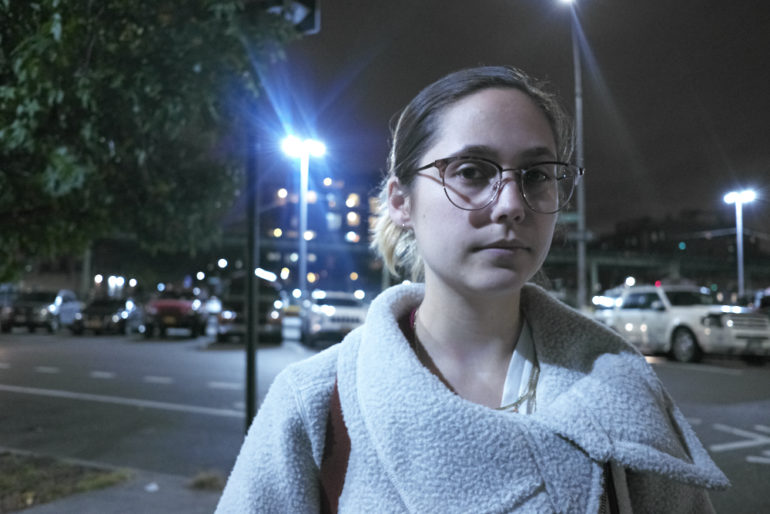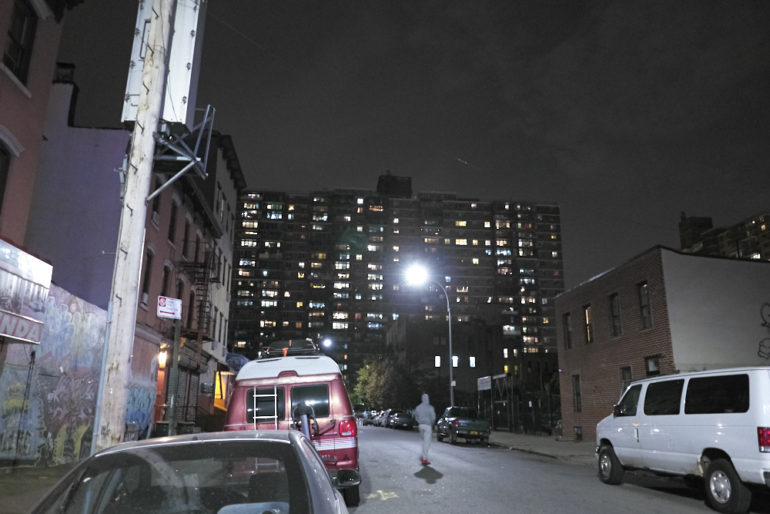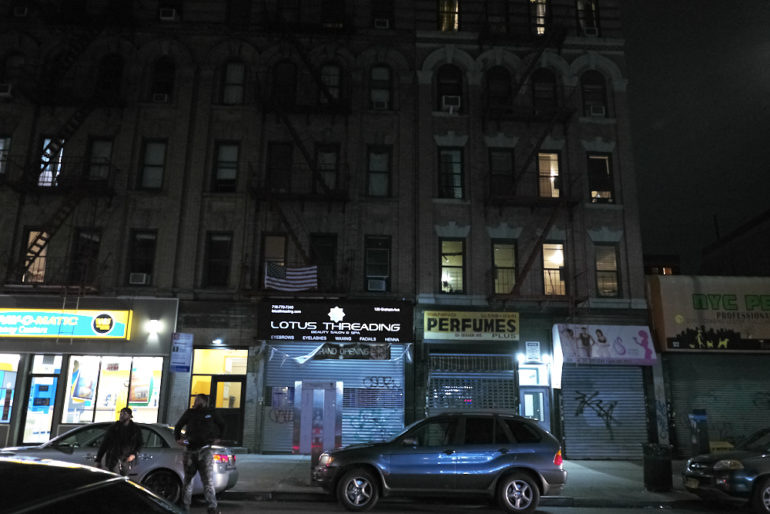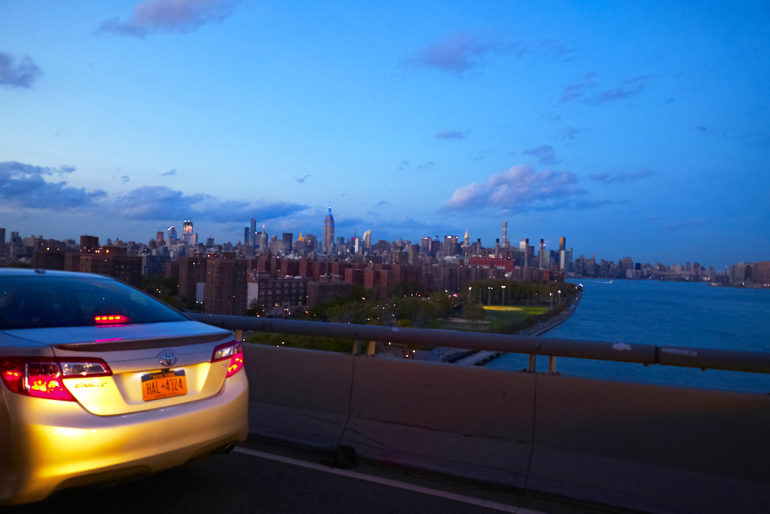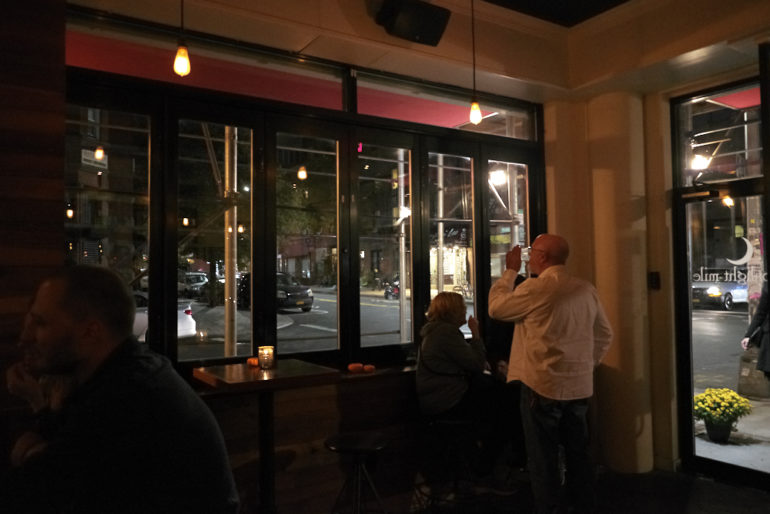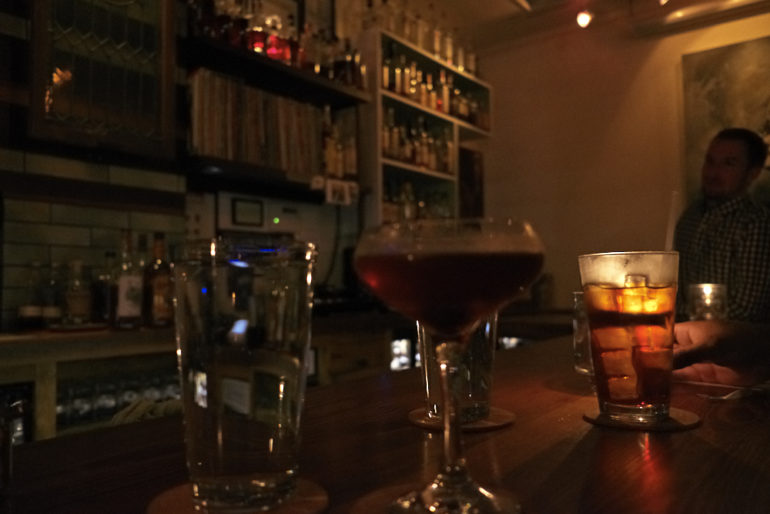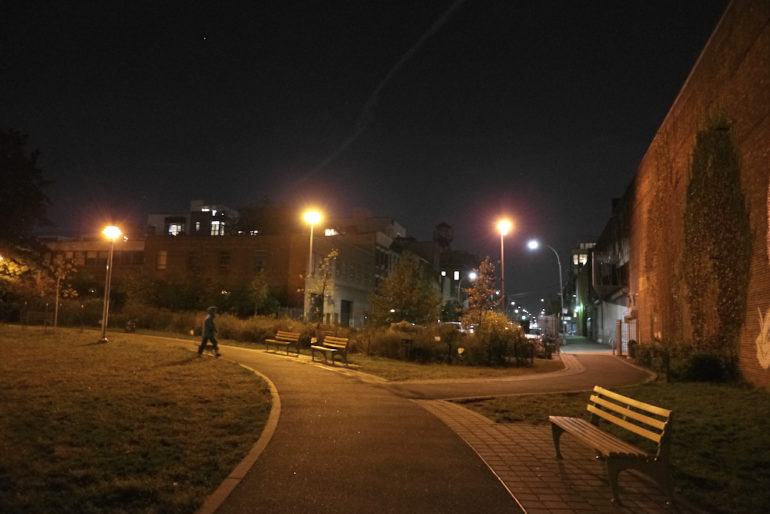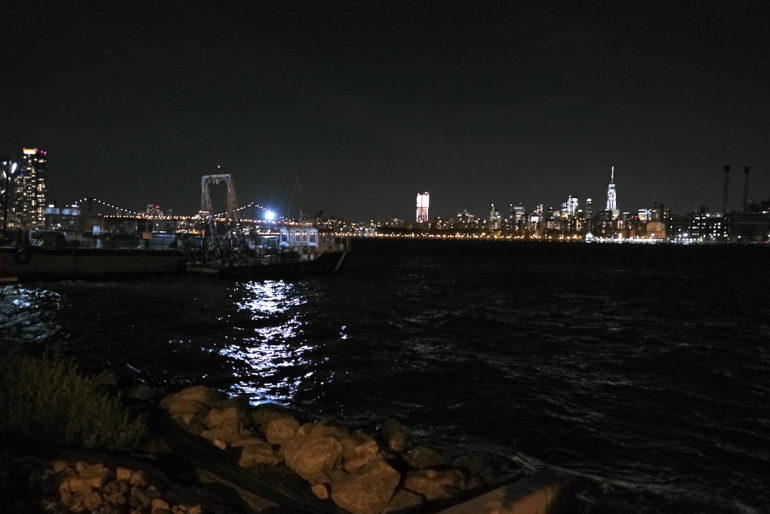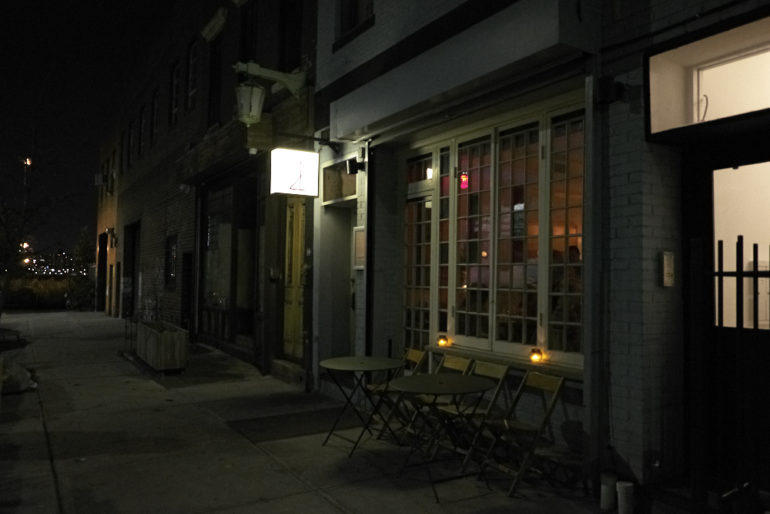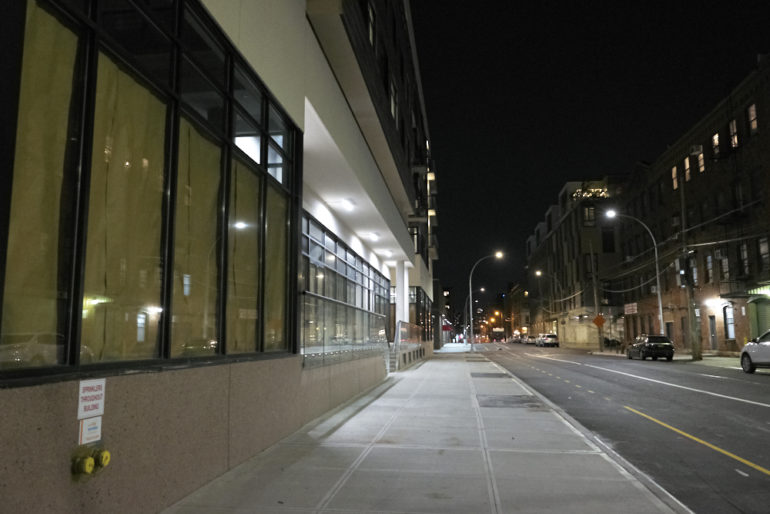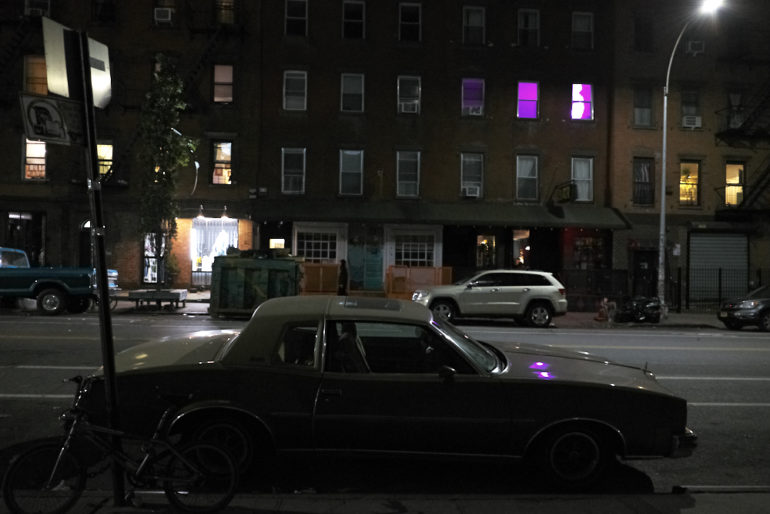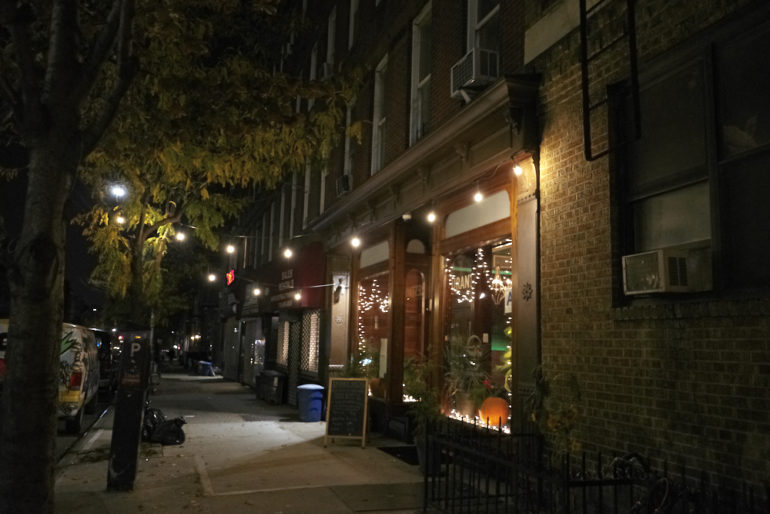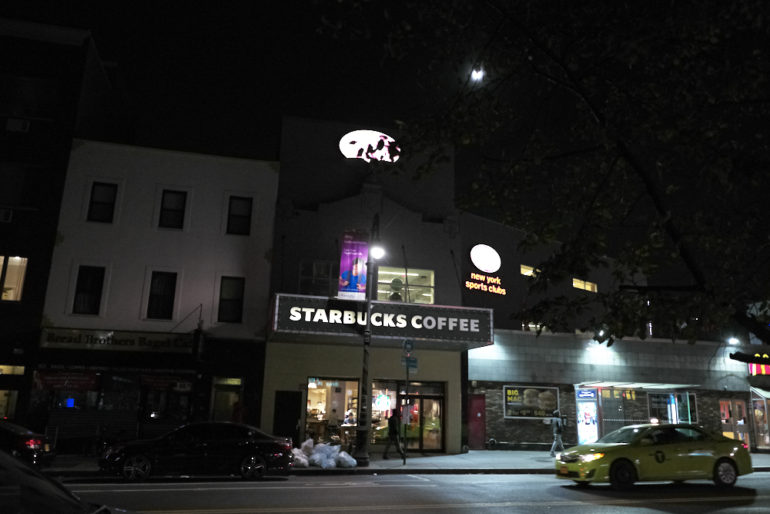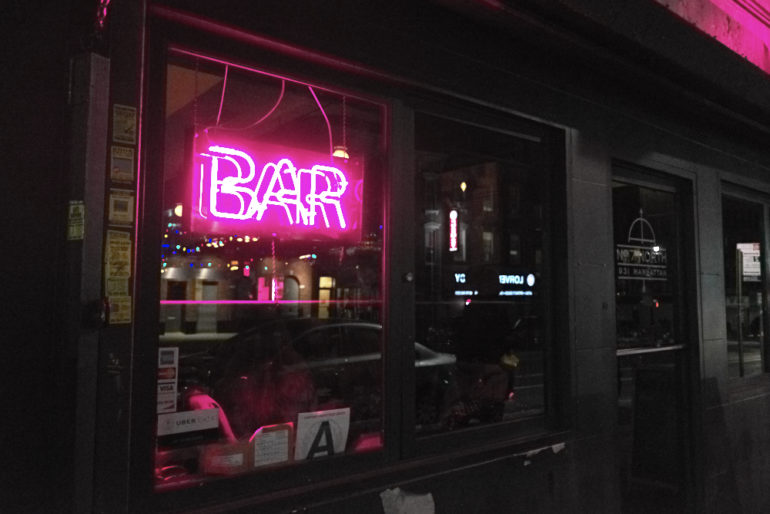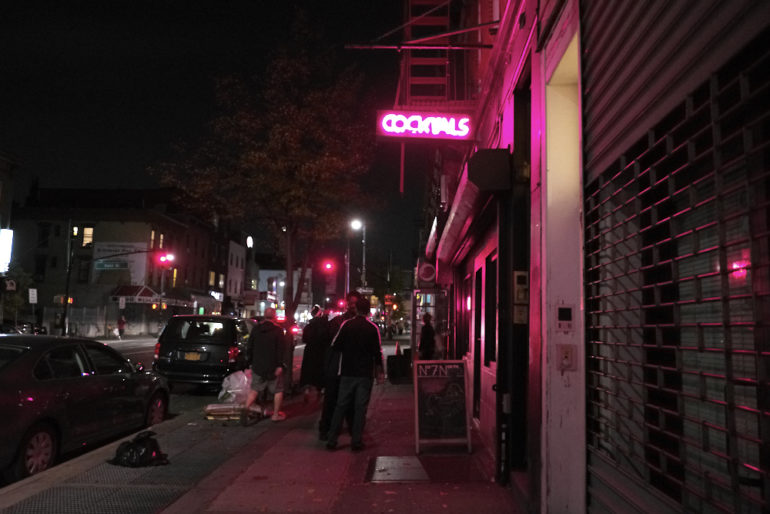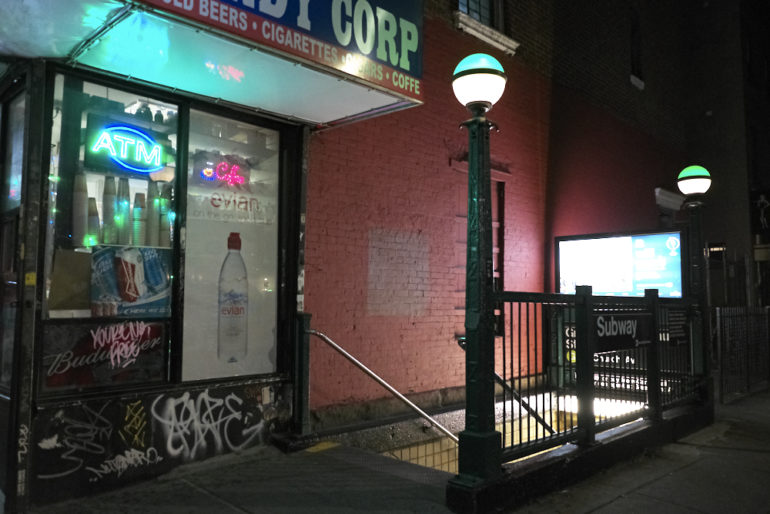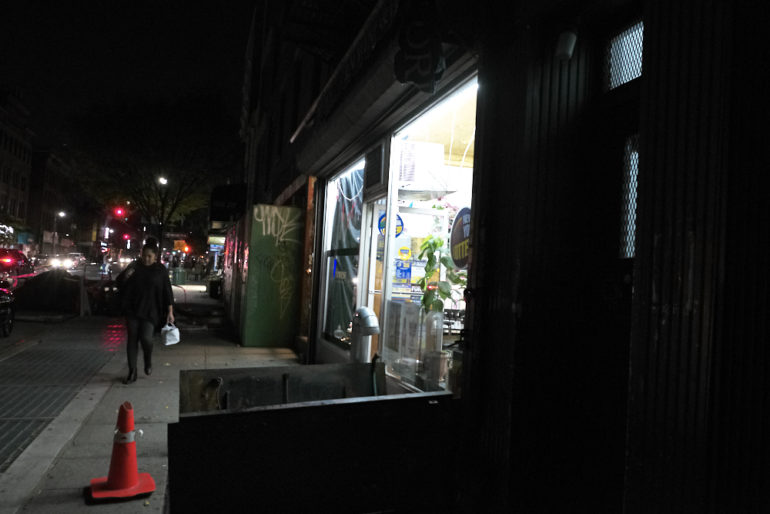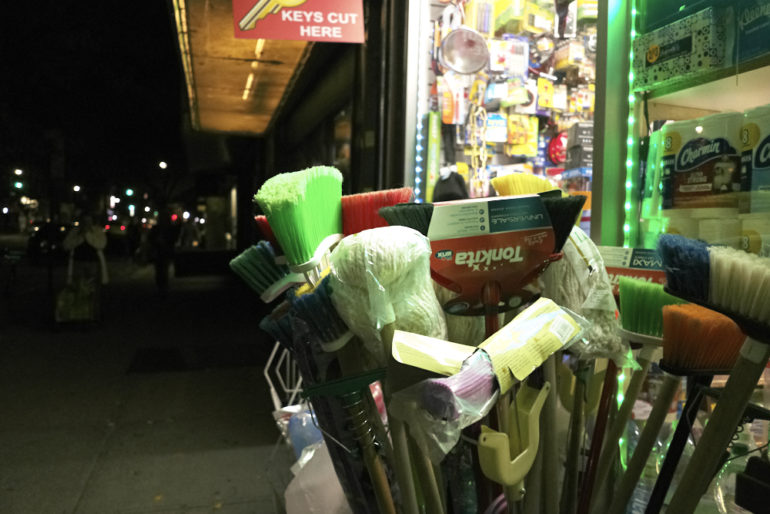Last Updated on 08/23/2019 by Brett Day
The Leica CL digital is finally here; and it performs admirably.
The Leica CL digital is a camera I’ve been waiting a while for; almost 10 years now. But if you rewinded back to the technology world 10 years ago, you saw that mirrorless cameras weren’t even a thing yet, and the Leica M9 hadn’t even launched. Indeed, many photographers have been waiting for a Leica CL digital–something like an M series camera but smaller, more affordable and well built. The newly announced Leica CL digital has design cues harkening back to the original M series cameras but fully embracing the L mount system that is shared between the Leica TL series and the Leica SL series of cameras. With that said, the Leica CL digital houses an APS-C sensor at the heart. So while it isn’t an M mount camera or a full frame camera, it indeed does show Leica has been paying attention to folks.
The Leica CL digital performs very well in most situations; but I think my sentiment is shared with other Leica users that some sort of small M series camera would have been ideal.
Pros and Cons
Pros
- This is the best version of the 24MP (allegedly Sony) APS-C sensor that I’ve seen; it’s tied with Fujifilm’s X Trans sensor
- Very nice ergonomics
- Knobs are nice
- Top LCD screen is something many more companies need to do
- Illumination of the LCD screen when the camera is in the dark is fantastic
- Feels like an M in some ways
- Decent autofocus, but I wouldn’t really recommend it for street photography
- Some of the best battery life of any mirrorless camera I’ve used when used correctly
- Beautiful, sharp viewfinder
Cons
- Autofocus suffers in low light
- I wish that the menu system worked with the camera’s touch operations
Gear Used
The Leica CL digital was used with the new Leica 18mm f2.8 lens.
Ergonomics
In this photo, we’ve got the new Leica CL digital near the Leitz Minolta CL; of course a big difference is one is film and the other is digital but they’re almost the same size. When you look at the front of the Leica CL digital you’ll see a very minimal camera body with the exception of the lens release.
It’s when you move to the top of the Leica CL digital that you start to see the new changes. There are two dials up top. The functionality of these dials change depending on what mode you’re in. For the most part though, the buttons in the middle of them control the shooting mode (left dial) and the ISO (right dial). Then there is the very nice LCD screen, the viewfinder, hot shoe and the shutter button which also has the on/off ring around it.
Turn to the back of the Leica CL digital and what you’ll see is something that looks a whole lot like an M camera. The four way directional pad can help you navigate the menus and move the autofocus point around the scene. Then there are buttons on the left. The screen on the Leica CL digital is touch compatible only for shooting. If Leica let us use it to navigate the menus, that would’ve made this camera absolutely over the top.
The Leica CL has a port for the battery down below that also holds the SD card. Otherwise, there aren’t any other ports on the camera.
Build Quality
In our meeting with Leica, they stated the Leica CL digital isn’t anywhere as robust as the Leica SL. They’d take it out in a drizzle of rain, but not in a rain storm. Indeed, the Leica CL digital has no weather sealing. However, it still feels fairly solid in the hand. It isn’t Leica SL or Leica M solid though. In fact, the Leica Q feels more solid than this. That makes sense though as this camera isn’t really at that high of a point in the company’s lineup of products.
Ease of Use
The Leica CL digital has a menu interface like the M series but not like the icon based menu in the TL series of cameras. Getting from one page to the other just requires you to press the menu button. Then you can use the directional buttons to get to exactly what you want. For the most part, the Leica menu system hasn’t made major advances since the Leica M9; and I’m okay with that. With that said, the Leica CL digital is incredibly simple to use no matter what mode you’re in. I’d recommend that you take an hour and explore the camera fully before jumping in and using it. Certain things like the White Balance for example – I wish had a dedicated button.
The Leica CL digital also has WiFi functionality so you can send your images to your news wire or Instagram ASAP.
The cool thing about the Leica CL digital is that it detects when there is little light. At that point, the top LCD screen will light up to tell you what your settings are. That’s something more companies should be doing!
Metering
According to our Sunny 16 tests, the Leica CL meters in the same way many other cameras do. It essentially wants you to underexpose by anywhere from 1/3 to 2/3 of a stop. That’s standard for most APS-C digital cameras.
Autofocus
In most situations, the Leica CL digital and the 18mm f2.8 focus quickly together. But it’s only when low light comes into play that the Leica CL digital starts to suffer. To ensure it focuses correctly and quickly, you’ll need to choose a very high contrast area in the scene. When it comes to getting fast moving subjects though, it’s difficult to use the Leica CL digital. So street photography can be very tough unless you choose to zone focus and manual focus. But doing so isn’t exactly simple with the Leica CL digital unless you’re adapting a Leica M lens onto it,
Image Quality
The Leica CL digital fires off DNG files; which means they’re incredibly versatile. Indeed, the Leica CL digital can create some beautiful images, and for the most part the sensor beats out what Sony is doing with their a6000 series of cameras. It’s about on par with the Fujifilm X Pro 2 and Fujifilm X-T2 except that Fujifilm gets better color and arguably better high ISO output. But if you were to put this against an A6500; I’d choose the Leica CL digital’s low light output any day of the week.
RAW File Versatility


In the two images above, it’s easy to believe that all I did was a white balance change. But you couldn’t be more wrong. It required careful tuning of each individual color channel to get these colors to be what they are. Even so, it isn’t perfectly what I saw in real life but it’s close.
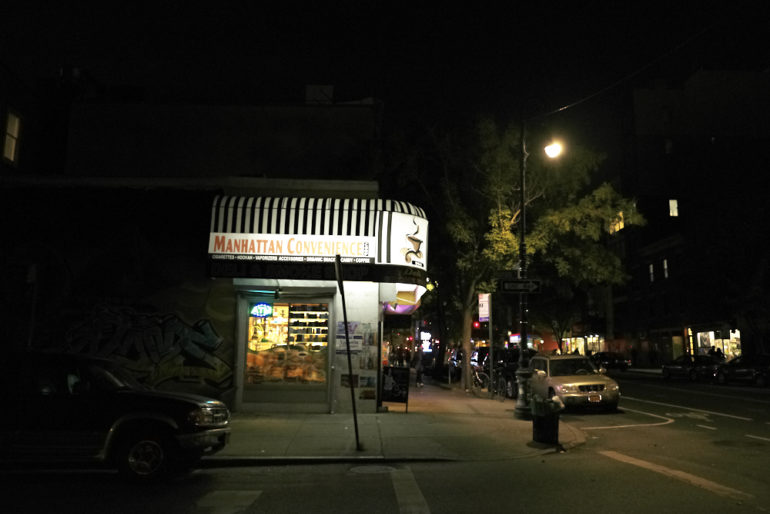
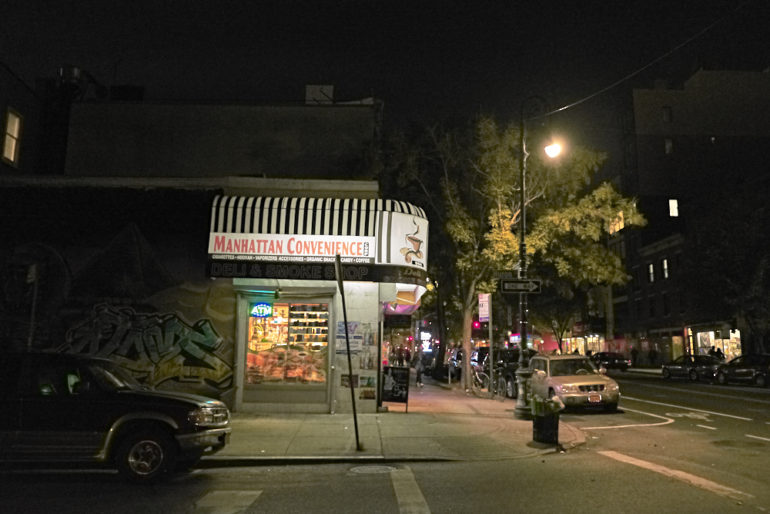
Here’s a bit more editing; see how I was able to get more detail from the highlights while pushing the shadows so we can see more in the scene? Part of this comes with editing color channels in the scene. But let’s look at more examples.
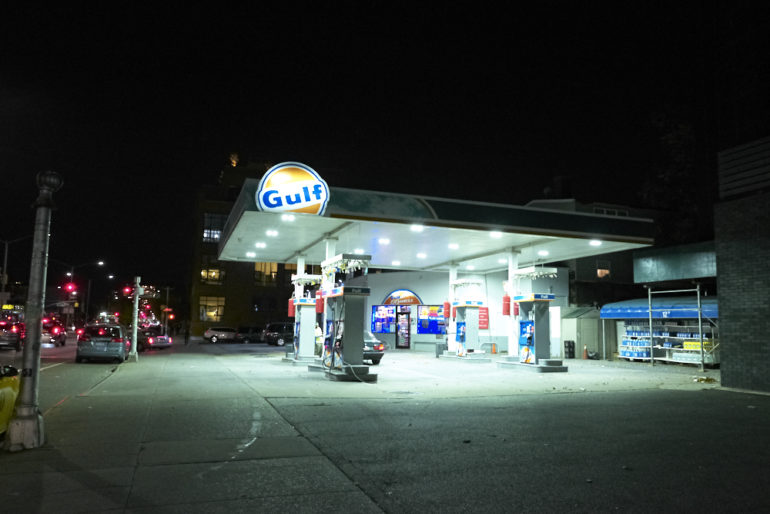
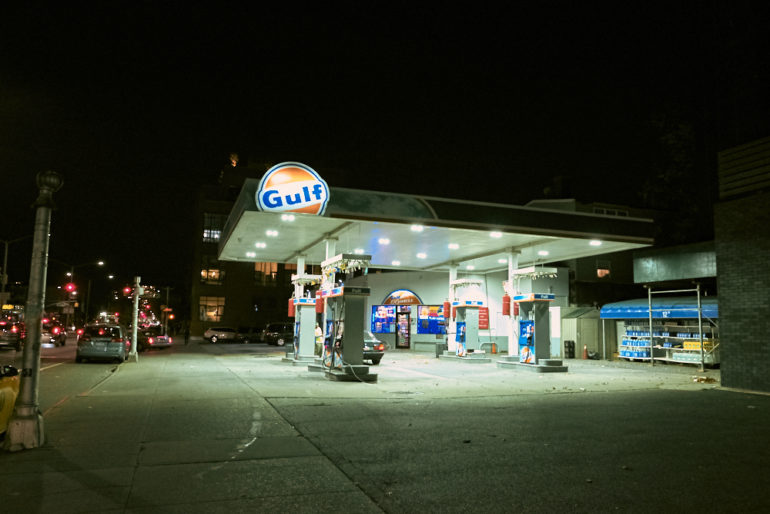
This scene was edited to look more cinematic as I’ve been watching a whole lot of the Americans and many other shows. It shows a bit more color versatility.
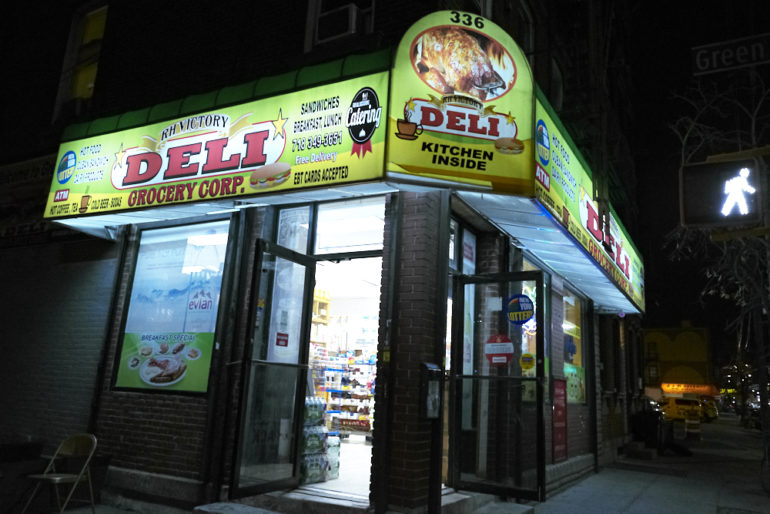
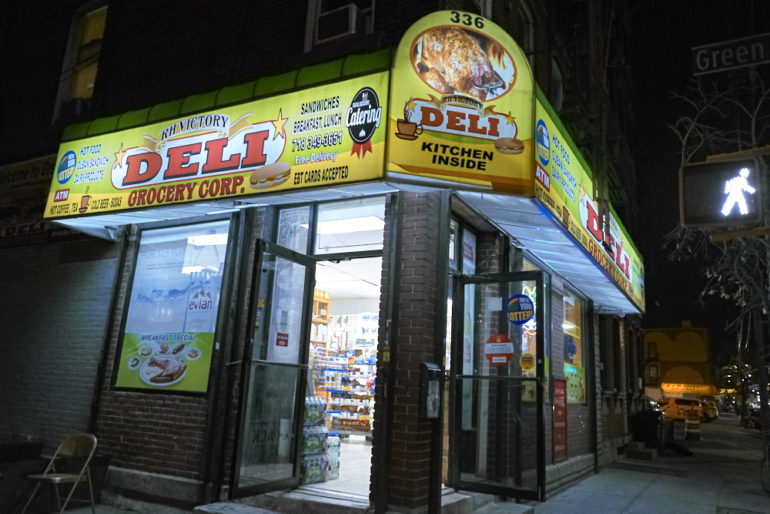
This scene showcases even more color depth. By playing with the color channels in Capture One you can get details and colors like you never believed. With that said, I strongly believe the Leica CL digital’s sensor is really good.
High ISO Output
The high ISO output of the Leica CL digital isn’t bad. At ISO 6400 things start to get questionable without good exposure tactics in regards to printing. But at ISO 3200 you’ll still get very good images. No matter what ISO you’re using though, the output will be more than good enough for the web. So there’s no worries there at all.
JPEG Performance
JPEGs from the Leica CL digital are nice and when paired with good glass, the images will look very snazzy. But nothing about the JPEGs really stand out from the likes of Fujifilm.
Extra Image Samples
Conclusions
Likes
- Small size
- Ergonomics
- Some innovations that other companies need to pay attention to
- Good image quality
Dislikes
- Price point for what you’re getting
The Leica CL Digital camera is a fantastic option. However, there isn’t enough in there that would make me want to justify the price point. There’s a good sensor at the heart, a pretty good autofocus system, fantastic battery life, versatile RAW files, and the camera is gorgeous. Plus it functions very well. But I can’t exactly understand why it’s nearly $4,000 with a pancake lens. I get that it’s a Leica, but at this price point I can get arguably better cameras.
So is the current Leica CL digital the camera I wanted? Sort of. If it were full frame I’d have a better understanding of the price point and I’d probably even say it’s justified. I also wanted an M mount though; but I get Leica’s intention to go L mount. Overall, the Leica CL digital is a great camera. But I won’t be giving up on my Fujifilm system any time soon.
The Leica CL Digital receives four out of five stars.
Tech Specs
Technical Data Leica CL
Camera type: Digital APS-C system camera
Lens mount: Leica L bayonet with contact strip for communication between lens and camera
Compatible lenses: Lenses with Leica L-Mount, Leica M/R lenses using the Leica M-Adapter L/R-Adapter L
Sensor: APS-C sized CMOS sensor (23.6 x 15.7 mm) with 24.96/24.24 million pixels (total/effective), aspect ratio 3:2
Photo Resolution: DNG: 6016 x 4014 Pixels (24 Megapixels), JPEG: optional 6000 x 4000 Pixels (24 Megapixels), or 4272 x 2856 Pixels (12 Megapixels), or 3024 x 2016 Pixels (6 Megapixels)
Photo file formats/compression
Rates: Optional: DNG, JPG or DNG + JPG
Video recording format: MP4
Video resolution/frame
Rate: Optional: 3840 x 2160 p (4K) 30 fps, 1920 x 1080 p (FHD) 60 fps, 1920 x 1080 p (FHD) 30 fps or 1280 x 720 p (HD) 30 fps
Video recording time: Depending on ambient or housing temperature video recordings are possible up to a maximum length of 29 minutes, maximum file size is 4 GB, if a recording exceeds this limit, the respective part is automatically stored in another file
Storage media: SD/SDHC/SDXC memory cards, multimedia cards, UHS II-standard is supported
ISO range: Automatic, ISO 100 to ISO 50000
White balance: Automatic, presets for daylight, cloudy, halogen lighting, shadow, electronic flash, two memory slots for manually metered settings, manual color temperature setting
Autofocus system: Contrast-based
Autofocus metering
Methods: Single point, multi-zone, spot, face detection, touch AF Exposure modes Automatic program, aperture priority, shutter speed priority, and manual setting, Fully automatic, sport, portrait, landscape, night portrait, snow/beach, fireworks, candlelight, sunset, digiscoping
Scene Modes: Fully automatic, sport, portrait, landscape, night portrait, snow/beach, fireworks, candlelight, sunset, digiscoping, miniature, panorama, HDR
Exposure Metering
Methods: Multi-zone, center-weighted, spot
Exposure compensation: +/-3 EV in 1⁄3 EV increments
Automatic exposure
Bracketing: Three pictures in graduations up to +/- 3EV, adjustable in 1⁄3 EV increments
Shutter speed range: 30 s to 1⁄25000 s (up to 1⁄8000 s with mechanical, beyond that with electronic shutter)
Picture series: Max. approx. 10 fps with mechanical shutter/ 10 fps with electronic shutter function, max. approx. 33 pictures (DNG+JPG) and max. approx. 140 pictures (JPG only) at full speed, then depending on memory card properties
Flash modes: Adjustable with attached, system compatible flash
Flash exposure compensation: +/-3 EV in 1⁄3 EV increments
Flash synchronization: 1⁄180 s
Monitor: 3” TFT LCD, 1.04MP, touch and gesture control possible
Viewfinder Resolution: 1024 x 768 pixels (2.36 MP), enlargement: 0.74x, aspect ratio: 4:3, eye relief: 20 mm, eyepiece: adjustable +/- 4 dioptres, with eye sensor for automatic switching between viewfinder and monitor
Top-Display: Resolution: 128 x 58 pixels
ISO Accessory shoe: ISO accessory shoe with center and control contacts for Leica flash units
Self-Timer: Selectable delay time 2 or 12 s
WLAN: Complies with IEEE 802.11b/g/n standard (standard WLAN protocol), channel 1-11, encryption method: WiFi-compatible WPA™/WPA2™
Power supply: Leica BP-DC12 lithium ion battery, rated voltage 7.2 V (7.2 V D.C.), capacity 1200 mAh, (based on CIPA standard): approx. 220 pictures, charging time (after total discharge): approx. 140 min manufacturer: Panasonic Energy (Wuxi) Co., Ltd. made in China
Interfaces: Micro (type D) HDMI port, HDMI 1.4b standard is supported, USB type C port, USB 3.0 Super Speed standard is supported, battery charging via USB connection possible with max. 1 A, accessory shoe with Leica flash interface with integrated connection for optional accessories Subject to changes in design and production.
Charger: Leica BC-DC12, input: AC 100–240 V, 50/60 Hz, automatic switching, output: DC 8.4 V 0.65 A, manufacturer: Shin Tech Engineering Ltd., Made in China
Body: Top and bottom covers: milled and anodized Aluminum, front and rear body shells: Magnesium
Tripod thread: A 1⁄4 DIN 4503 (1⁄4“)
Body dimensions
(WxHxD): 131 x 78 x 45 mm
Weight: Approx. 403 g/353 g (with/without battery)
Scope of delivery: Camera body, bayonet cap, carrying strap, accessory shoe cover, battery (Leica BP-DC12), charger (Leica BC-DC 12), mains cables (EU, US, local mains cable)
Software: Leica CL App (remote control and picture transfer, free download in Apple™ App-Store™ / Google™ Play Store™)
Technical data Leica Elmarit-TL 1:2.8/18 ASPH.
Compatible cameras: All Leica cameras with Leica L bayonet1
Angle of view
(diagonal, horizontal, vertical): Approx. 75°, 65°, 46°, corresponding to around 27mm focal length in 35mm format
Optical design
Number of lenses / groups: 8 / 6
Aspherical surfaces: 4
Position of entrance pupil
(at infinity): -12.5mm (in direction of light incidence in front
of bayonet mount)
Distance setting
Setting / Function: Electronically controlled, mode selectable using
camera menu: Automatic (AF) or manual (M), in
AF mode manual override possible at any times with setting dial
Focusing range: 0.3m to ∞
Smallest object field /
Largest scale: Approx.: 343 x 228mm / 1:14
Aperture
Setting / Function: Electronically controlled, adjustment using dial
on camera, third values also available
Lowest value: 16
Lens mount: Leica L bayonet with contact strip
Filter mount: Internal thread for E39 filters, filter mount does
not rotate
Finish: Black/silver anodized
Dimensions and weight
Length to bayonet mount: Approx. 21mm
Largest diameter: Approx. 61mm
Weight: Approx. 80g
1 When used on the Leica SL, the camera automatically switches to the appropriate APS-C format for this lens (23.6 x 15.7mm). Therefore, all data listed above remains valid in such cases also.
· Leica CL, black anodized finish : $2,795.00
· Leica CL Prime Kit 18 mm : $3,795.00
· Leica CL Vario Kit 18-56 mm : $3,995.00
· Elmarit-TL 18 / f2.8 ASPH, black anodized : $1,295.00
· Elmarti-TL 18 / 2.8 ASPH, silver anodized : $1,295.00


